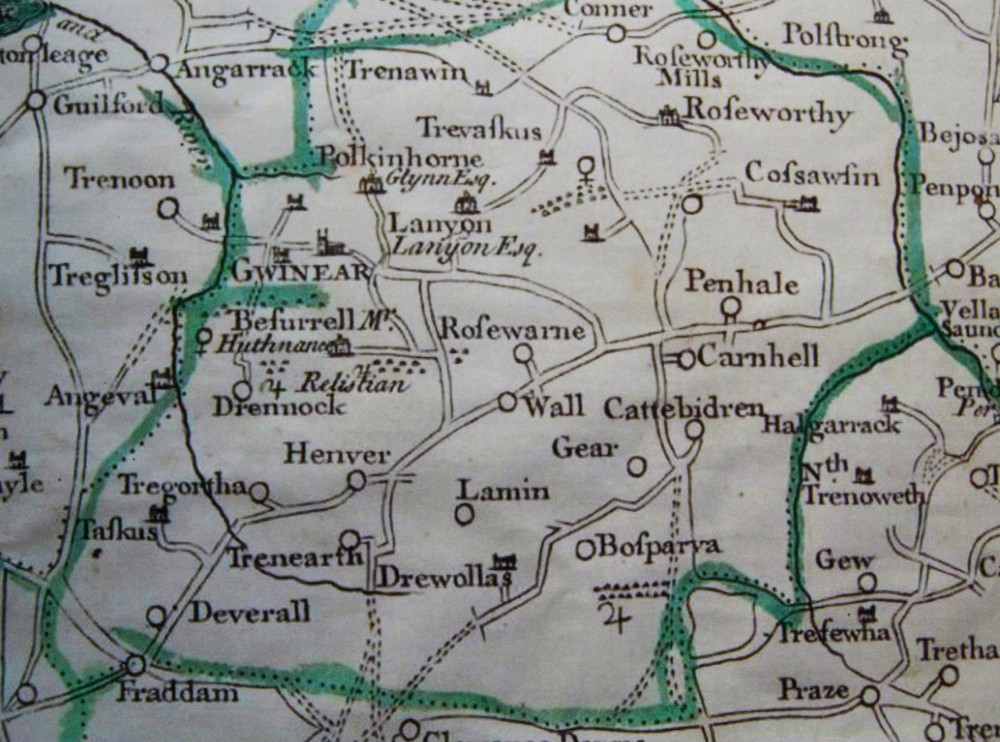1767 The year in which the first four bells were installed in the tower. (This page takes you through to the present day). The Peal of Six Bells Treble: weight 4cwts 1qr. 22lbs. Key of F Inscription: “I call ye to follow me” Second: weight 4cwts.qr.12lbs. Key of D sharp Inscription: God preserve the Church' Third: weight 5cwts. 0qrs. 2lbs. Key of C sharp 
Inscription: ‘God save the church Fourth: weight 5cwts. 0qrs. 26lbs. Key of B sharp Inscription: ‘Penningtons cast us all’ 1767 Fifth: Weight 6wts. 2qrs. 2lbs. Key of A sharp Inscription: ‘Recast by John Warner and Sons Ltd London, 1903 Sixth: weight 12wts. 2qrs.2lbs. Key of G sharp [‘I am a voice ready to cry out’.] Recast in 1956 by Taylor’s Foundry
The two black and white photogaphs tell us so much! Experts from Taylor's foundry are returning the bells in 1956,
Today, the bells are rung frequently and we welcome new bellringers and visiting teams too!
( Coach loads of bellringers arrive in summer on bell ringing tours.)
1775 Around this time, John Harvey, blacksmith at Carnhell Green fixed an improved boiler in the house of Richard Trevithick. (senior) He also discovered how to cast iron pipes. 1779 John Harvey established a small foundry and engineering works in Hayle, specialising in the construction of beam engines which pumped water out of the deep copper mines.
|
||




